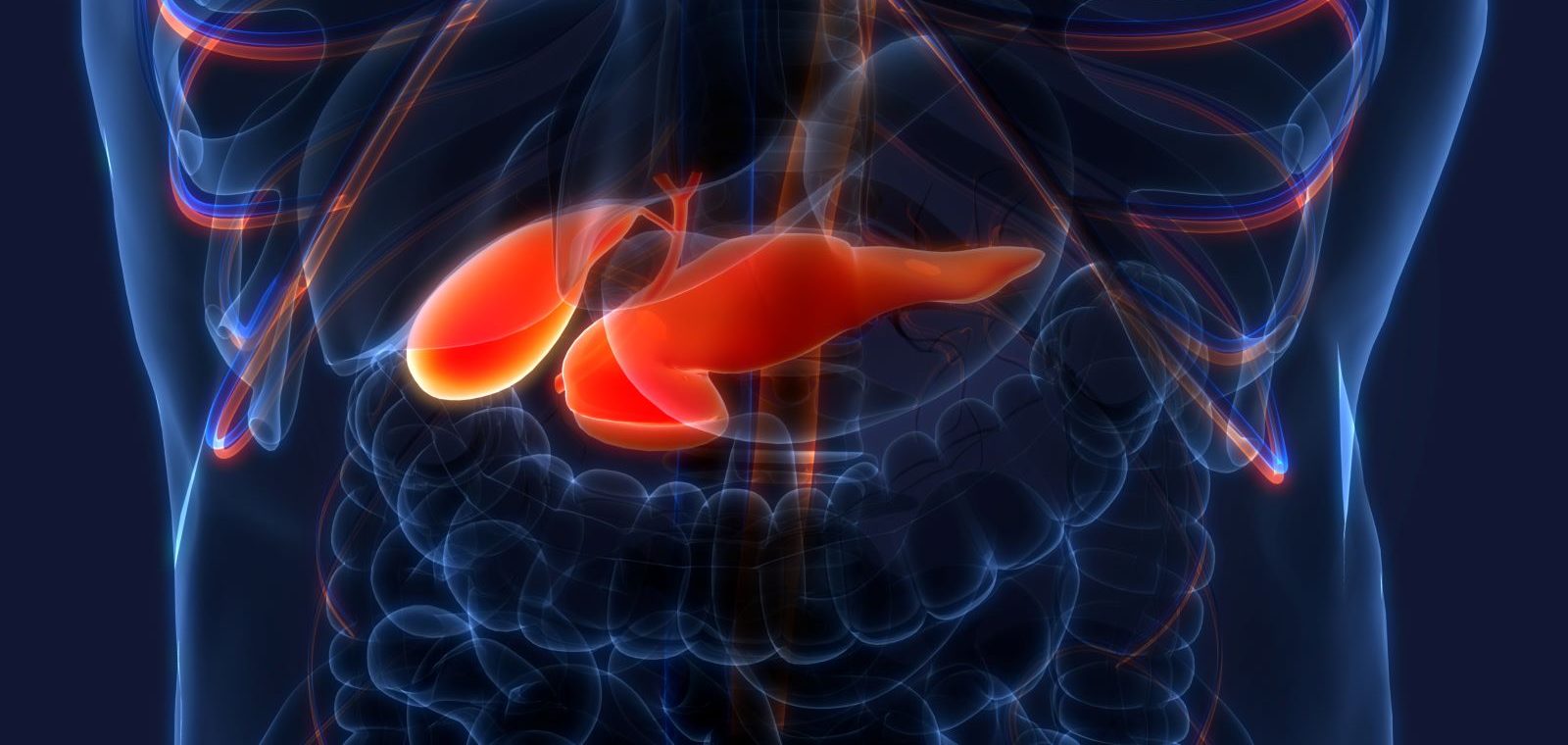Next Steps for Novel Treatment Combination in Pancreatic Cancer

Pancreatic cancer is a highly aggressive and often challenging disease to treat. It is the seventh leading cause of cancer-related deaths worldwide and has a low survival rate. However, advancements in medical research and innovative treatment approaches have given hope to patients and healthcare providers. In recent years, the exploration of novel treatment combinations has emerged as a promising strategy to improve outcomes for individuals with pancreatic cancer. This article delves into the next steps for novel treatment combinations in the fight against pancreatic cancer.
Understanding Pancreatic Cancer
Pancreatic cancer is a malignant tumor that develops in the tissues of the pancreas. The pancreas, located behind the stomach, plays a crucial role in digestion and hormone production. Unfortunately, pancreatic cancer often goes unnoticed until it reaches an advanced stage due to its subtle symptoms and lack of effective screening methods.
Types of Pancreatic Cancer
There are two primary types of pancreatic cancer: exocrine tumors and endocrine tumors. Exocrine tumors are the most common and arise in the ducts of the pancreas. They typically develop into adenocarcinomas. Endocrine tumors, also known as pancreatic neuroendocrine tumors (PNETs), are less common but have a different nature and treatment approach.
Causes and Risk Factors
The exact causes of pancreatic cancer are not yet fully understood. However, several risk factors have been identified, including smoking, age (most commonly affects individuals over 60), family history of pancreatic cancer or certain genetic syndromes, obesity, chronic inflammation of the pancreas (pancreatitis), and diabetes.
Recognizing the Symptoms
Pancreatic cancer is often referred to as a “silent killer” because it may not cause noticeable symptoms in the early stages. However, as the disease progresses, common symptoms can include abdominal pain or discomfort, jaundice (yellowing of the skin and eyes), unexplained weight loss, loss of appetite, nausea, and changes in stool color.
Diagnosis and Staging
Diagnosing pancreatic cancer involves a series of tests and procedures. These may include imaging tests (such as CT scans and MRIs), blood tests, biopsies, and endoscopic procedures. Staging is a crucial step in determining the extent and spread of cancer, which helps guide treatment decisions.
Treatment Options
Treatment for pancreatic cancer depends on various factors, including the stage of cancer, the location of the tumor, the patient’s overall health, and their preferences. Common treatment options include surgery, radiation therapy, chemotherapy, targeted therapy, immunotherapy, and palliative care. A combination of these treatments may be recommended to achieve the best possible outcome.
Surgical Interventions
Surgery plays a significant role in treating pancreatic cancer. Depending on the tumor’s location and size, different surgical procedures can be performed, including a Whipple procedure, distal pancreatectomy, total pancreatectomy, or palliative surgery. The aim of surgery is to remove the tumor and, if possible, preserve the organ’s function.
Radiation Therapy
Radiation therapy uses high-energy rays to kill cancer cells and shrink tumors. It is often used in combination with surgery or chemotherapy. External beam radiation therapy and brachytherapy are two common techniques employed in the treatment of pancreatic cancer.
Chemotherapy
Chemotherapy involves the use of drugs to destroy cancer cells throughout the body. It can be administered before or after surgery to eliminate remaining cancer cells or reduce tumor size. Chemotherapy may also be used as the primary treatment for advanced pancreatic cancer or to relieve symptoms in palliative care.
Current Treatment Approaches
The current standard treatment options for pancreatic cancer include surgery, chemotherapy, and radiation therapy. Surgery aims to remove the tumor and affected tissues, while chemotherapy and radiation therapy are used to kill cancer cells and prevent their spread. However, these treatments have limitations, and the disease can be challenging to manage effectively.
The Potential of Combination Therapy
Combining different treatment modalities has shown promise in overcoming the limitations of individual therapies. By using multiple approaches simultaneously or sequentially, combination therapy can enhance treatment effectiveness, increase response rates, and improve patient outcomes. Moreover, combining treatments can help overcome the resistance that pancreatic cancer often develops against single therapies.
Emerging Treatment Combinations
- Immunotherapy and chemotherapy: Immunotherapy, which boosts the body’s immune response against cancer, can be combined with chemotherapy to enhance the immune system’s ability to recognize and attack pancreatic cancer cells.
- Targeted therapy and radiation therapy: Targeted therapies that specifically target cancer cells’ vulnerabilities can be combined with radiation therapy to maximize the tumor’s response to treatment.
- Immunotherapy and targeted therapy: Combining immunotherapy with targeted therapies can enhance the immune system’s response while directly targeting the genetic alterations present in pancreatic cancer cells.
Clinical Trials and Research
Extensive research is being conducted to explore new treatment combinations for pancreatic cancer through clinical trials. These trials investigate the safety and effectiveness of novel therapies and help identify the most promising combinations. Additionally, personalized medicine and genomic profiling are playing a crucial role in identifying specific genetic mutations and biomarkers that can guide treatment decisions.
Challenges and Considerations
While the potential of novel treatment combinations is exciting, there are challenges that need to be addressed. Managing the side effects of combination therapies requires careful monitoring and supportive care. Additionally, access to novel therapies can be limited, emphasizing the need for improved availability and affordability.
Supportive Care and Patient Well-being
Pancreatic cancer patients require holistic care that addresses not only the physical aspects of the disease but also their emotional and psychological well-being. Palliative care plays a vital role in managing symptoms and improving the quality of life for patients and their families.
The Future of Pancreatic Cancer Treatment
The future of pancreatic cancer treatment lies in precision medicine and targeted therapies. By understanding the unique molecular characteristics of an individual’s tumor, treatment can be tailored to maximize effectiveness and minimize side effects. Early detection methods are also being developed to identify pancreatic cancer at earlier stages when it is more treatable.
Conclusion
In the quest to improve outcomes for individuals with pancreatic cancer, novel treatment combinations offer hope and potential. By combining different treatment modalities, we can enhance therapeutic responses and overcome the challenges posed by this aggressive disease. With ongoing research, clinical trials, and advancements in precision medicine, we are moving closer to a future where pancreatic cancer becomes a manageable condition.









